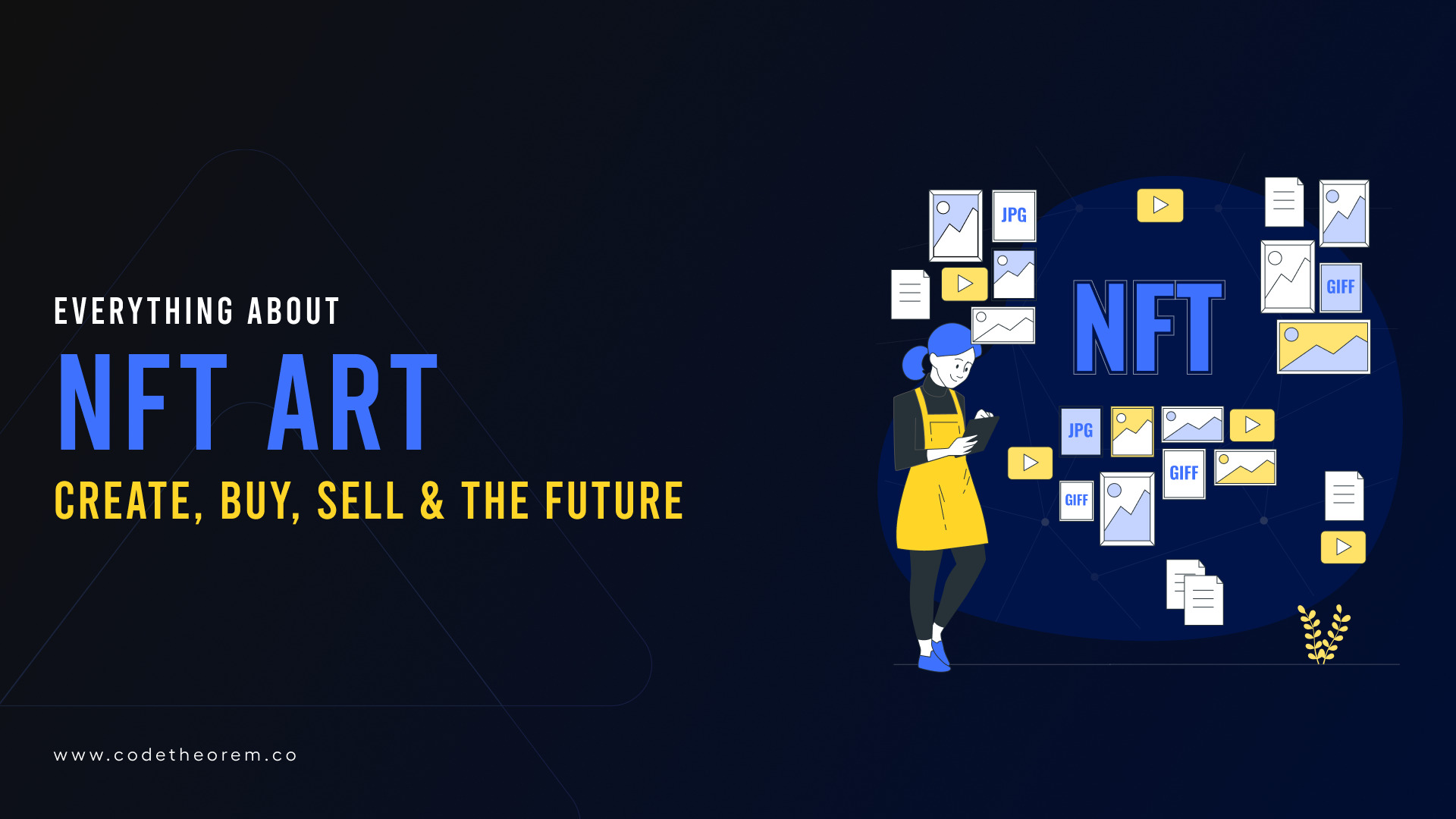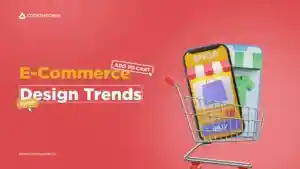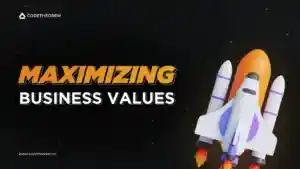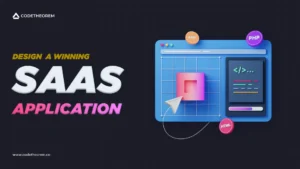Two months ago, Bollywood superstar Amitabh Bachchan’s NFT art collection was sold for Rs. 7.18 crores approximately. Justin Bieber recently bought a Bored Ape NFT art worth $1.3 million. If you’ve been active on your social media platforms lately, you surely would’ve come across these headlines and many others alike about people making millions of dollars through NFT! Certainly, these headlines have taken over social media and got everybody questioning, “what is NFT?”, “Why is everyone going crazy over NFT art?” and moreover, “How is it helpful for other designers or me, for that matter?”
As many of you were trying to get the hang of it, Twitter’s founder put his first tweet as an NFT up for sale, and then, as if that wasn’t enough, people started pouring ridiculous amounts of cash on clipart; of rocks! can you believe that? and after all of this, there are many who still don’t know what NFT is, whether is it an art form or a platform? and How to create NFT art?
To be precise, NFT art is literally the latest mind-blowing tech trend and a booming revolution in the creative industry that everyone around you is going on about. And just like everyone else, if you, too, are looking for answers to these questions related to NFT art, then you’re at the right place. In this blog, you will learn everything there is to know about NFT art, how to create an NFT and what are NFTs for designers.
Let’s dive into it.
Article content
What is NFT?

Firstly, a Non-Fungible Token or NFT is a unique and non-replaceable asset. Let’s split it into two separate terms, ‘Non-Fungible’ and ‘Token’. Fungible simply means replaceable. For example, suppose you purchase a t-shirt from amazon, and a few weeks later, you purchase the same t-shirt from a physical store. Since it is mass-produced, both the t-shirts you bought will be exactly the same, purchased for the same price. That means you can replace it with any t-shirt at any time, making it a replaceable asset. However, adding some of your own embroidery or graphic print to it makes it unique. As a result, it cannot be exchanged or purchased from anywhere else, making it a non-replaceable asset.
Now, let’s get to ‘Token’. A token is a unit of data riding on what’s called a blockchain. You must be wondering, what is a blockchain? A blockchain is a digitally distributed, decentralized, public ledger that exists across a massive network. Coming back to ‘Token’, it is just a name for the currency in the world of blockchain. Naturally, every transaction or exchange of tokens that occurs on the blockchain is recorded forever, and that means no one can edit or erase it.
How Do NFTs Work?
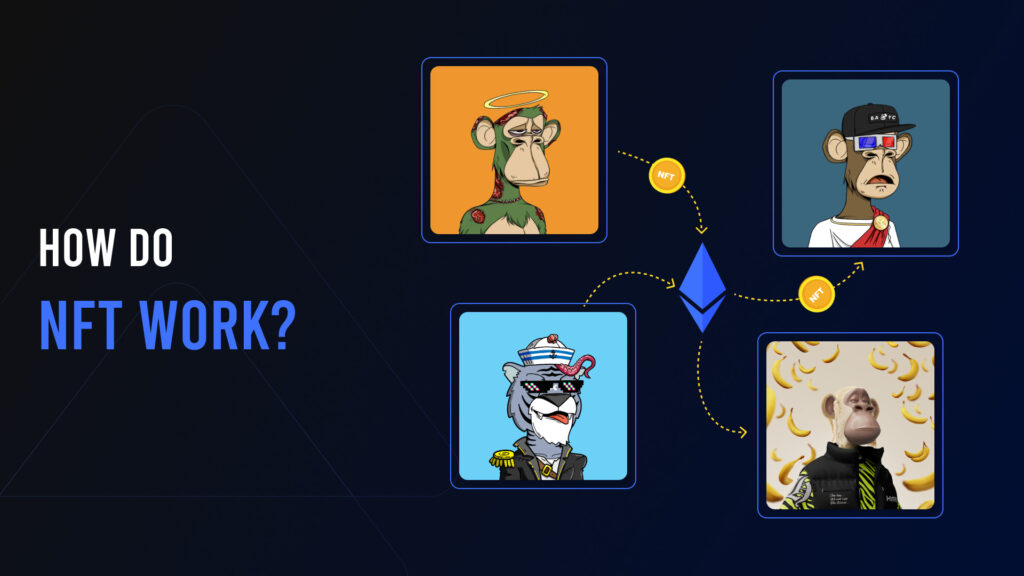
By all means, let’s get back to the t-shirt you purchased. Since it has embroidery or a graphic print designed by you, granted that there’s only one of its kind. But how do you prove its ownership? Or if someone wants to buy it from you, how do they prove its ownership after? Now think if it were a digital graphic, image, song, or video. How can anyone confirm their right over that unique digital asset after purchasing it from its creator?
The answer is by creating an NFT of it. NFTs are a legitimate way of transferring the ownership of any digital or physical item in such a way that the record of its ownership stays forever. Furthermore, every NFT art file stores additional information that identifies the original owner, elevating its value. It is proven that it cannot be edited or deleted from the system. Blockchain technology allows public access to all transfer, ownership, and transaction records. Thus the data stored is transparent and verified by millions of users, thereby preventing hackers from gaining entry.
Now, you might be wondering, “what is the relation of NFT art with the designers or artists?” and “how will NFT art affect the creative industry”?
NFT Art for Designers
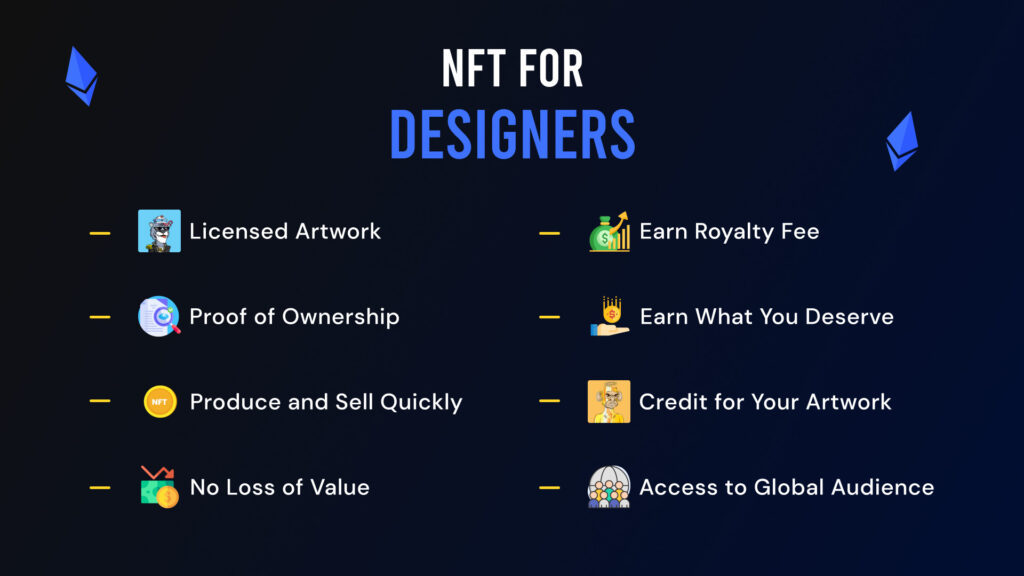
NFTs are simply running on the concept of scarcity combined with blockchain technology. This combination is completely changing the relationship between creators and consumers. Today, influential individuals and even establishments are heralding NFTs as the most efficient and democratic way to transact assets. Designers and creators get a fair price for their creations, as owners pay a value that matches the genuine demand for that particular digital asset in the market.
Benefits of NFTs for Designers
1. Licensed Artwork
With the help of NFT, now designers, the digital creators can now license, sell or display their digital art or, as being called now – NFT art however they choose to.
2. Proof of Ownership
Designers must create an NFT and tokenize their art piece on the blockchain network, which certifies them as the original owner of that art piece, giving them recognition for their work.
3. Produce and Sell Quickly
NFTs for designers is an accessible and quick way to produce and sell their art. Now, designers don’t have to go chasing clients for payment, there is no waste of time and paper for preparing files for print and no waiting for feedback, changing or editing the artwork to suit a client’s needs.
4. No Loss of Value
NFT art does not lose value even after multiple copies are sold.
5. Earn Royalty Fee
Once artists create an NFT art, they can earn a royalty fee of up to 5 to 10 percent on every resale of their NFT artwork.
6. Earn What You Deserve
Artists can sell their NFT artwork and earn the right fee without requiring any connections, empowering them to earn what they deserve once they create an NFT.
7. Credit for Your Artwork
Significantly, designers get formal recognition for their artwork and no one can reuse an artist’s work without giving them due credit.
8. Access to Global Audience
Through the rapid rise in popularity of NFT art trading, art collecting has shifted online, opening it up to various artists around the globe, who may not have previously had the chance to showcase, promote or sell their work to buyers.
How to Create and Sell NFT Art in Five Simple Steps?
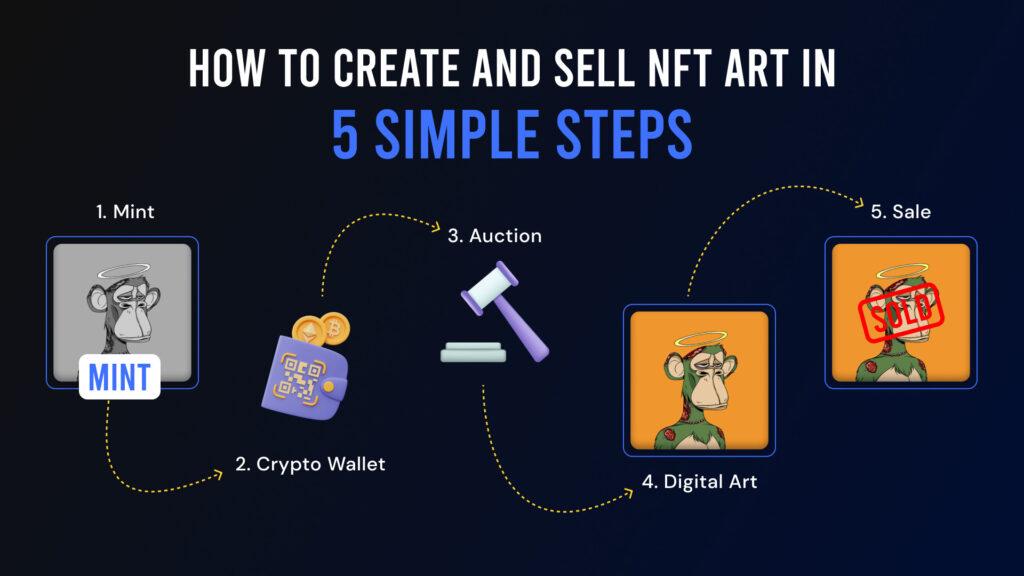
1. Select the Asset You Want to Mint
The first step to create an NFT is to identify and decide the digital asset you want to mint. NFTs can be minted for any type of digital goods. It can be a picture, a video, graphic artwork, virtual land, etc. You can choose to mint a single asset or even make various collections and sell it as a whole.
2. Create A Crypto Wallet
Next, set up a crypto wallet and buy cryptocurrency. In order to pay the blockchain platform you choose to mint an NFT, you must learn the basics of cryptocurrency. One thing to keep in mind is that crypto wallets don’t “store” any money; they house various encryption keys associated with digital assets. However, they are the interfaces that allow you to retrieve, send and receive cryptocurrency.
There are several crypto wallets and cryptocurrency options, but you probably want to start with an easy-to-operate, widely used one as a newcomer. Namely, a few popular ones are MetaMask, Coinbase Wallet, Exodus, etc. They should begin with Ethereum (the go-to cryptocurrency for NFTs), respectively.
3. Select an Auction Platform
Now that you have chosen the digital art you want to mint as an NFT art and set up your crypto wallet, choose an NFT marketplace. There are several options, such as Opensea, Mintable, and more. Once the authentication is approved, you can get to creating a collection of your artwork and naming them appropriately.
4. Create Your Digital Art Assets
It’s time to start. Once you have decided which art collection you want to sell, you can get to the primary process of creating your NFT. Add new items to the platform, with the option to upload metadata which includes visuals, audio, and 3D files, and give your digital asset a name.
You have the freedom to create a stand-alone copy of a particular asset, making it more valuable. Or create multiple copies of the same asset. However, add an edition number to every replica for easy differentiation.
5. Set Your Digital Art for Sale
Once the collection is ready, and your NFT art is minted, you must select the payment tokens you would like to accept for your digital art. Now set up NFT art price, mind the file size and format requirements and pay a gas fee. Don’t forget to mention how long the auction will run, note whether or not you want to bundle multiple tokens into a sale and be aware of any potential fees the site may incur.
How to Buy NFT Art?
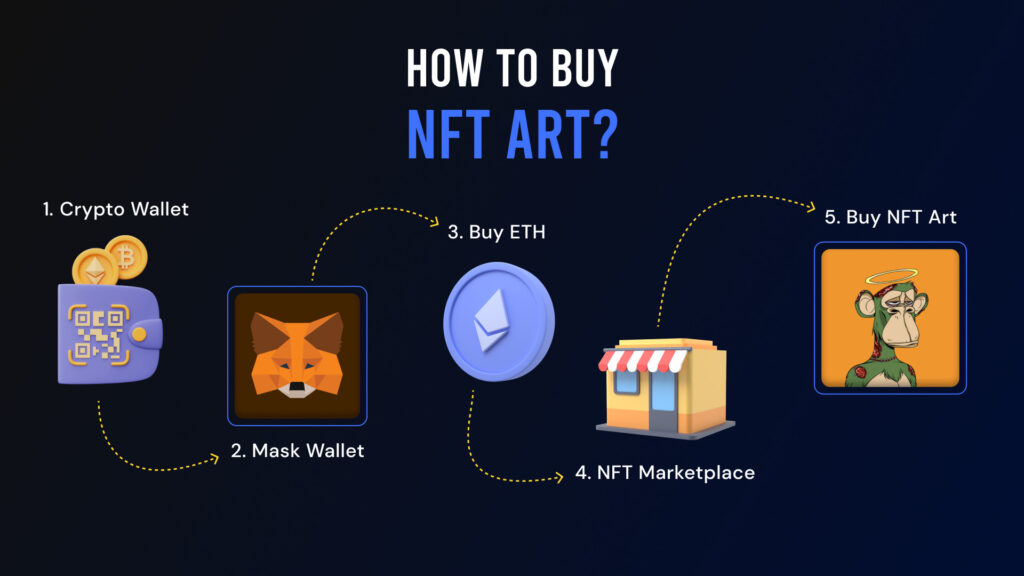
If you’re wondering how to buy NFT arts, you can do it in 5 simple steps.
1. Set up A Crypto Wallet
Crypto wallets are the same as bank accounts in the traditional banking system. People use these wallets to communicate with the blockchain network to safely record, access, send and receive crypto funds or assets.
2. Set Up Meta Mask Wallet
Install a chrome extension for Meta Mask. Once the installation is complete, add it to your chrome extensions. Next, follow all the prompts and create a password for the application. As soon as you enter the platform, you can create a wallet, and you’re all set.
3. Buy ETH
The third step is to buy some ETH tokens on MetaMask, using your credit or debit card. Third-party platforms like Wyre help you convert your currency to ETH and a network and transaction fee for the conversion to you.
4. Create an Account on an NFT Marketplace
Now that you have set up your MetaMask wallet and added ETH, the next step is to set up an account on any one of the NFT marketplaces, such as OpenSea. NFT art marketplaces are platforms where NFTs are stored, displayed, and traded. You must connect your MetaMask wallet to your NFT marketplace account.
5. Buy NFT Art
There are two ways to buy NFT art, minting an NFT or directly buying it from a secondary market.
1. Minting an NFT
This is the process of creating an NFT art on a blockchain network. When you mint an NFT, you become the initial owner of that particular digital asset, and its information is safely stored on the blockchain forever. During the process of minting your NFT art, you don’t get the option to choose your digital art. each piece of art has the same price even if it is assigned randomly. Hence, the cost is way lower than buying it on some secondary marketplace.
You can start minting by going on an original NFT art website and connecting your wallet. Simply, select the number of NFTs and check their price before you mint. Most importantly, make sure to check for the gas fee. The gas fee is typically 6X the price of NFT. As a result, it’s best to keep an eye on the prices and return to mint when the gas cost rates are lower.
2. Buying NFT on Secondary Marketplace
Here you simply go to a secondary marketplace like Opensea and search for the particular NFT you want to purchase. A collection of that NFT art will appear before you and you can buy the one you wish to with a single click. Lastly, make the payment, and the NFT art is yours.
What is The Future of NFT Art?
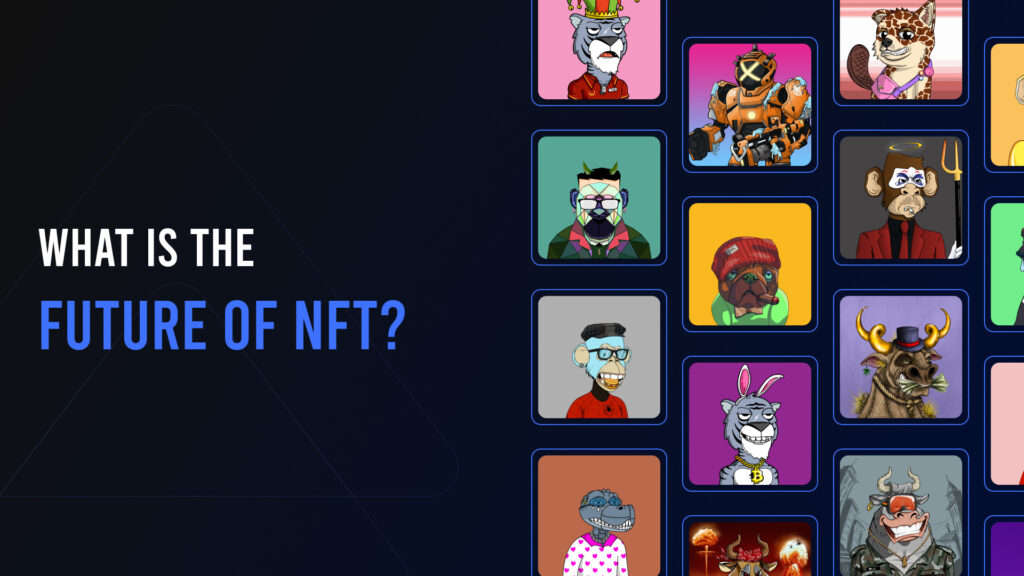
Although there is no solid evidence for the future of NFT, there are several predictions related to that and here’s what we found;
Notably, the potential of NFT art goes far beyond eccentric digital artworks. NFTs can be used to buy digital land in virtual worlds and you can even own, license, and also publish next-generation music. Some even predict a future in which NFTs can offer access to special sales or limited-edition products. For instance, How about the idea of using an NFT as a concert token?
To emphasize, the $85 billion gaming industry may be one of the most lucrative areas of potential for NFTs. Some of the large studios have already been experimenting with them. And with all the conversations around the metaverse and other shakers in the tech industry, NFTs could serve as building blocks for a next-generation digital world. Presently, many people are even expecting some exciting developments through the intersection of NFTs, gaming, and the metaverse.
Conclusion
All in all, NFT and Blockchain technology has enormous potential in the coming years. It holds the cards in favor of solving several issues around ownership and the authorized usage of digital assets. However, there are still many limitations since the technology continues to evolve and change rapidly with every passing day. Furthermore, to ensure effective use of this technology by the designers, artists, creators, and consumers, more transparency and knowledge are required to identify the effects of its misuse and the practical ways in which users can benefit from NFT art. As more people learn and understand the concept and functionality of NFT art and how to create an NFT and own them, NFT art will undoubtedly add significant value to designers, creators, and artists in their ways of selling and producing their work.
In essence, we’re certain that this blog has helped you comprehend what NFT art is and how it may assist you if you’re a designer or a digital art maker. Hence why wait? why not Create an NFT of yours and be a part of something that could soon become a historical trend.














